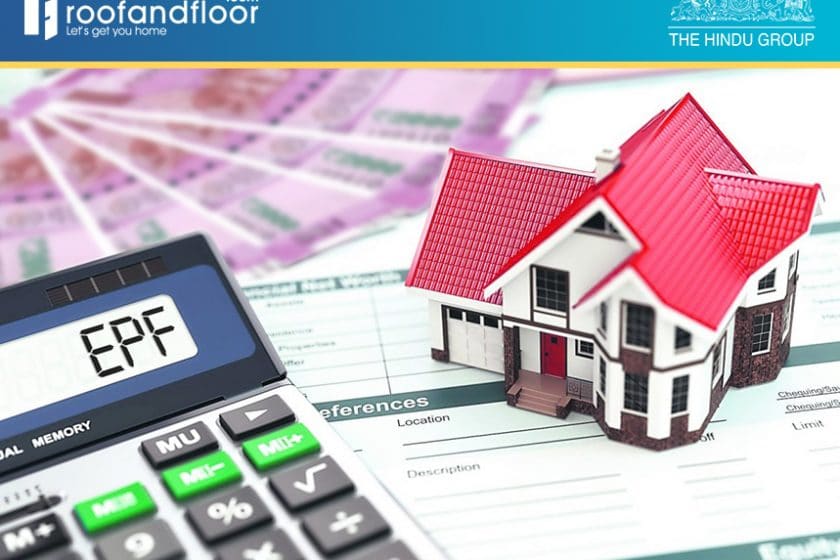Purchasing a home is not an easy task. For the common man or woman, it is very likely to be the biggest investment of a lifetime. Funding the home purchase, therefore, entails in-depth financial planning. In such cases, when new policies to assist home purchase are introduced, there is ample reason to cheer.
As part of the Housing for All by 2022 initiative, the government now allows EPFO members to utilise their accumulated EPF to fund the down payment on the purchase of homes or make EMI payments for the same. While this sounds like great news, it’s best to know all the necessary information before deciding to pursue the option.
What you need to know:
Eligibility
For an individual to be eligible to withdraw EPF to purchase a home, he or she must have been a member of EPFO for a minimum of three years.
Permissible limit
A maximum of 90% of EPF accumulated is allowed to be utilised for a home purchase.
Disbursement
Payment is made directly to the banks or housing societies as mentioned in the application and not directly to the member in question.
Exceptions
Although the initiative is meant to help people afford homes, it cannot be used for the purchase of homes considered as the second sale.
Liability
If the member defaults on payments, the EPFO cannot be held liable for the same. If the member leaves his or her job or the amount in the EPF account is depleted, the member is expected to arrange for other sources to repay the loan.
Process
There are two ways to apply for the usage of EPF accumulation to buy a home.
One way is to apply for EPFO balance through Annexure 1 individually or jointly through a housing society. The name and details of the bank or housing society have to be mentioned for payment information.
In the next step, the EPFO will issue the certificate in Annexure 2 format detailing available balance and deposits made in the last three months.
The other way is to take passbook printouts from the EPFO website and submit them to banks or housing societies as the case may be.
If you’re applying for EMI payments, you will need to submit Annexure 3 along with Annexure 1. It details the PF amount, PF account number, loan account number, lender’s name, lender’s address and so on. Once processed, the EPFO transfers EMI payments to the lender’s account directly.
A basic analysis of pros and cons can help you decide as to whether you should utilise your EPF accumulation for home loan payments or not.
Benefits
On the surface, EPF accumulations are an extra source of funds to facilitate home ownership. This can ease the financial pressure on buyers.
Having the option to utilise EPF can also lower the amount of loan requested. This, in turn, lowers the amount of interest paid on loans.
Drawbacks
Whichever way one considers it, the fact is that using EPFs is essentially dipping into one’s retirement funds. Reducing the amount available to you at retirement is never a good idea.
Careful financial planning is critical if EPF is being used. One must have backup savings in place as well as adequate retirement funds to compensate for a depleted EPF. If not, it could result in bankruptcy in retirement.
If you do choose to utilise your EPF accumulations to pay for the purchase of a home, try to limit the usage to 20-30% of the total amount. This will protect you from complete depletion of retirement funds.
A decision driven by prudent planning could take you a long way in staying financially solvent and facilitating home ownership.
This article was originally published on www.thehindu.com dated August 01,2017


